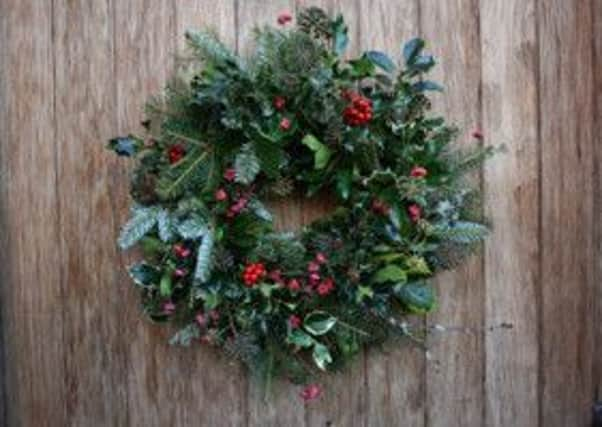Country & Coast: Holly


Sir Titus was mad about holly. As one of the most powerful industrialists in Europe - he even travelled by his own steam train - he could afford to send his salesmen all round the world, and while they undoubtedly kept his order books full at Salts Mill a lesser-known function of the trips was to bring back exotic specimens of their boss’s favourite plant.
Today, holly still dominates the park he created for his model village of Saltaire, which is now a UNESCO World Heritage Site. As many as 26 different varieties grow there and it strikes me that the collection merits wider fame at Christmas, perhaps through a holly festival. Other places with lesser claims to holly fame have spotted the plant’s Christmas potential. At Haworth, for instance, they have an annual “Holly Scroddling” event in which a Holly Queen travels up the main street in a horse and cart to be crowned on the church steps.
Advertisement
Hide AdAdvertisement
Hide AdDecember was associated with holly long before Christianity. The ancient Druids believed holly to be sacred. In the depths of midwinter, they brought indoors what is one of the few surviving green plants - the concept of evergreens had yet to be understood - thus protecting the holly from the harsh winter weather and guaranteeing new growth in the spring.
I have an annual tradition of going into the countryside to find a holly tree bursting with red berries and cutting a few sprigs. This seems to be a prickly subject because some acquaintances of mine have accused me of shame-faced theft and, indeed, a couple of years ago I was scolded by a rambler who caught me taking my pruning sheers to a fine berry-laden tree in Wharfedale. The function of my holly is purely decorative, but in the Dales there is an old belief that putting a sprig on the clock at Christmas will keep away malign hobgoblins known as “boggarts” or “burgesses” that live in local caves. The holly’s prickly leaves, it is said, are feared by evil spirits.
Holly isn’t the only winter evergreen, of course. Ivy is also widespread, but more traditionally used as a church decoration at Christmas because of the medieval carol, The Holly and the Ivy, in which ivy symbolises the resurrection. Some farmers feed an ivy leaf as a magic charm to cows on Christmas morning. Apparently, guaranteeing they will produce milk in the New Year.